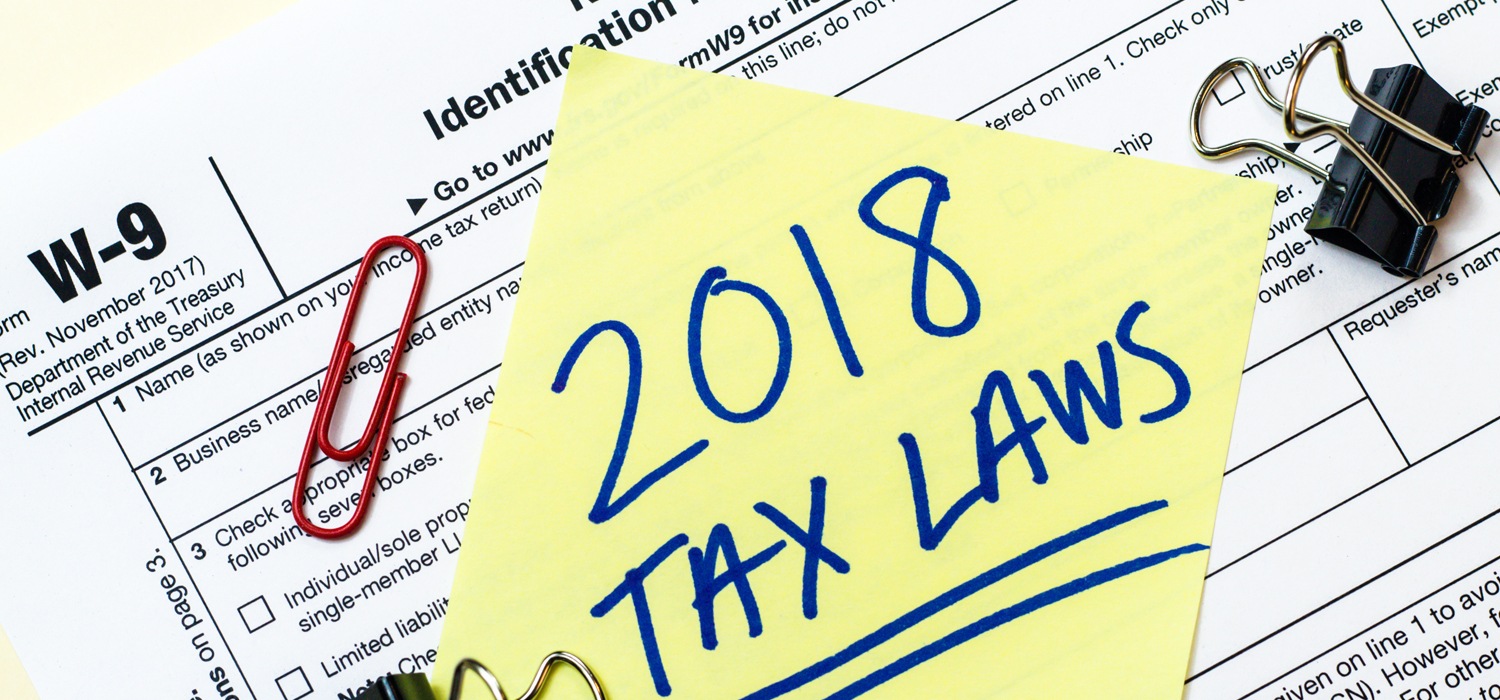It’s no secret that President Trump signed the new tax bill “Tax Cuts and Jobs Act” (TCJA) into law on December 22, 2017. It is the most major overhaul in the income tax law in over 30 years.
How the Trump tax law will affect you will depend on your income, filing status, number of dependents and your deductions.
Are you a taxpayer that takes the standard deduction or do you itemize? How can you tell? What was your Filing Status for 2017?
Finding your Filing Status
The filing status can be easily located on Form 1040 for 2017 in the first page just below your address, you should have one of the following checked:
- Single
- Married Filing jointly
- Married filing separately
- Head of household
- Qualifying widow(er)
Standard Deduction Changes
Once you have located your filing status, then check on Form 1040 line 40 (second page). The standard deduction for year 2017 was as follows:
- Single or married filing separately, $6,350
- Married filing jointly, or Qualified widow(er), $12,700
- Head of Household, $9,350
If your deduction on line 40 of your Form 1040 was a number from the ones listed above, then you took the standard deduction in 2017.
If your deduction on line 40 of your Form 1040 was a number other than the ones listed above, then you itemized deductions for 2017.
For taxpayers who take the standard deduction, your deduction has now increased. For example, a couple filing together will be able to take a standard deduction of $24,000 for 2018, almost doubled from the $12,700 in 2017. A single person will be able to take a standard deduction of $12,000 instead of $6,350.
Exemptions are Eliminated
However, the exemptions for the taxpayer, spouse and dependents are repealed and will no longer be available.
How many exemptions did you claim last year?
Locate on your 2017 Form 1040, line 6d. Each exemption for 2017 was $4,050, multiply the number of line 6d, by $4,050.
Child Tax Credit is Increasing
Another change that will affect families is that the child tax credit will increase to a maximum of $2,000 per child, subject to limitations for 2018 compared to $1,000 per child for 2017.
How do you know if you had a child tax credit deduction in 2017?
This information can be found in Form 1040 for 2017, lines 52 and 67.
Example 1 – MFJ no Dependents
Let’s take a look at a couple both working and each getting a W-2, they claimed two exemptions, in 2017 (taxpayer and the spouse). The couple for 2017 took the following deductions:
2017
Standard deduction $12,700
Plus:Two exemptions $ 8,100 ($4,050 x 2 taxpayer and spouse)
Total deduction 2017 $20,800
Deductions for 2018 will be as follows:
2018
Standard deduction $24,000
Plus: Two exemptions $ 0 (eliminated)
Total deduction 2018 $24,000
As you can see in this example the couple will be able to get a higher deduction in their 2018 tax return.
Example 2 – MFJ + 2 Dependents
Let’s use the same couple in the previous example, but now they have two kids. In 2017 the couple took the following:
2017
Standard deduction $12,700
Plus: four exemptions $16,200 (taxpayer, spouse, plus two kids $4,050 x 4)
Plus: Child Tax Credit $ 2,000 (subject to limitations, $1,000 per child)
Total deduction 2017 $30,900
Deductions for 2018 will be as follows:
Standard deduction $24,000
Plus: four exemptions $ 0 (eliminated)
Plus: Child Tax Credit $ 4,000 (subject to limitations, $2,000 per child)
Total deduction 2017 $28,000
In this example the couple’s deductions for 2018 will be lower than their deductions in 2017.
As we can see in this example there are numerous factors that will determine the deductions that you’ll be able to take.
Itemized Deduction Changes
What about if you itemized deductions?
One of the biggest changes will affect individuals that itemize deductions. In 2017, taxpayers who itemized, instead of taking the standard deduction were able to write off their state and local income, property and general sales tax payments. Starting in 2018, taxpayers can still deduct sate and local income, sales and property taxes, but the deduction is capped at $10,000 for a couple filing jointly. This will mostly affect individuals who live in high state income tax areas.
In addition, itemized deductions that are subject to the 2% of adjusted gross income are suspended. This includes, unreimbursed employee expenses – job travel, union dues, job education, etc.
Concluding Thoughts
These are just some of the changes that are under the TCJA that will affect individual taxpayers for the 2018 tax returns. Please visit our Tax Services tab for a list of ways that we can assist you. If you wish to discuss the impact of the law on your particular situation please give us a call.
Accounting Freedom Solutions LLC, (941) 284-5763
The information contained in this blog is only general information.Before making any decision or taking any action that may affect your business, you should consult a qualified professional advisor about your specific situation.



